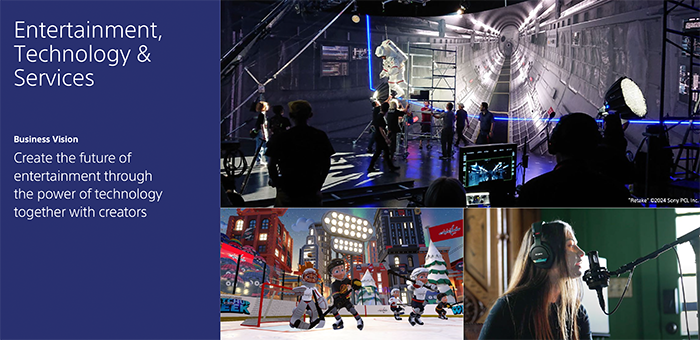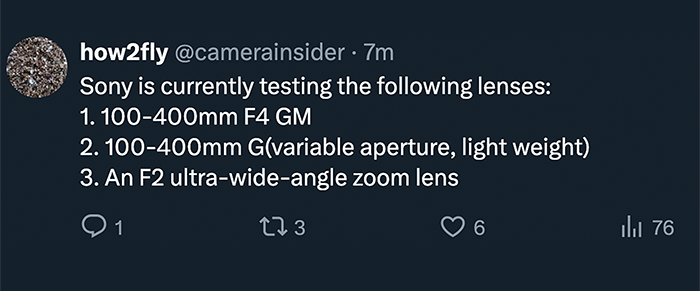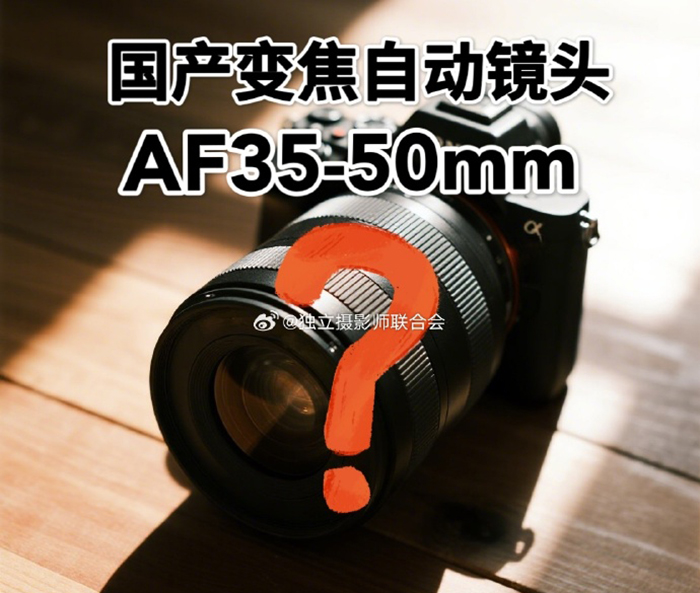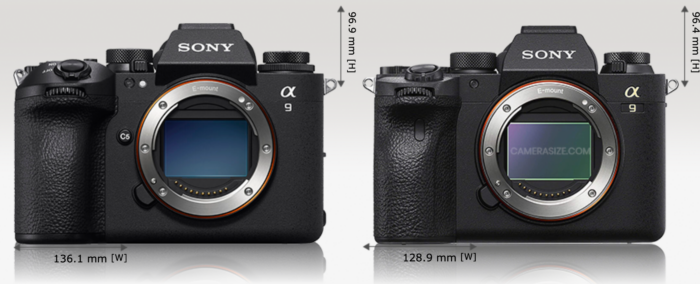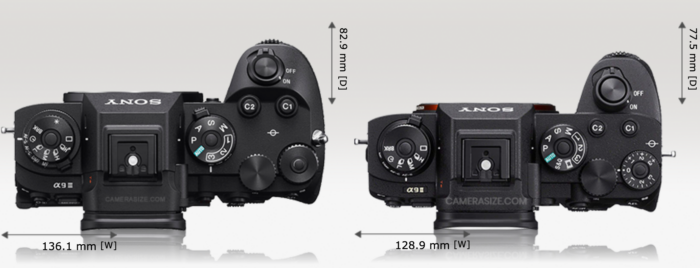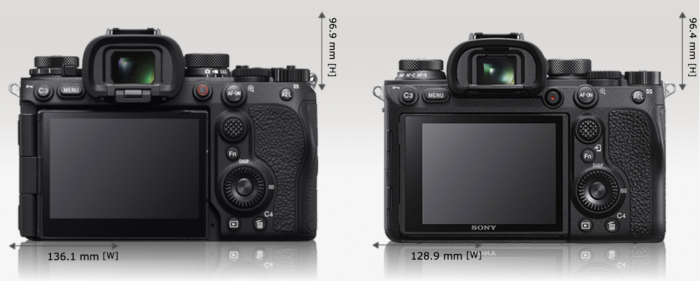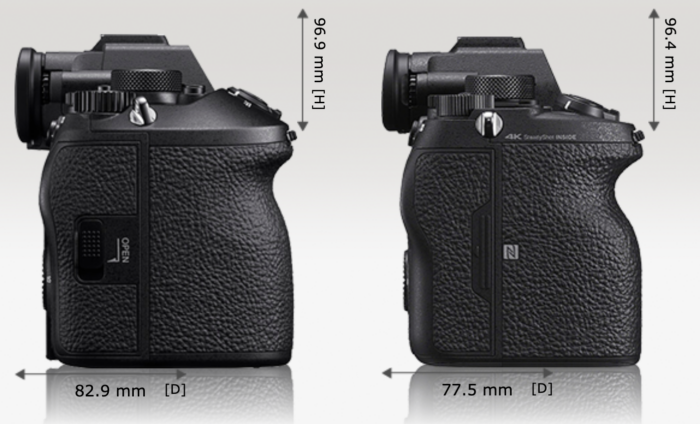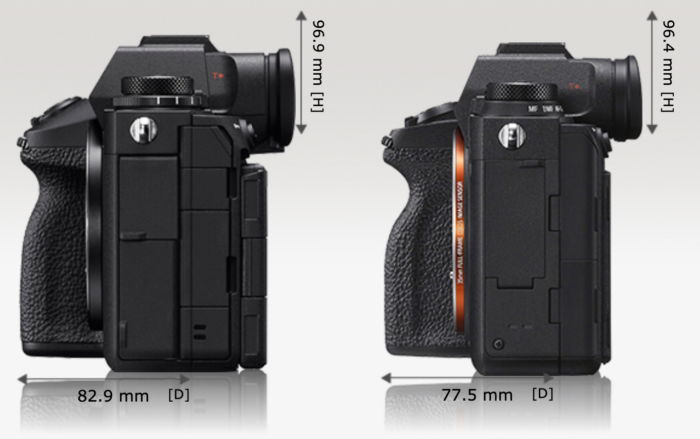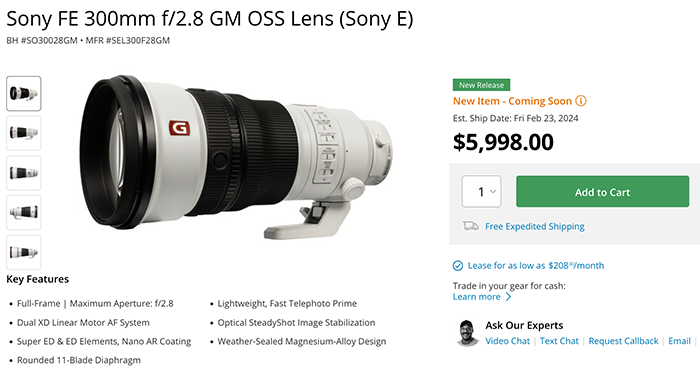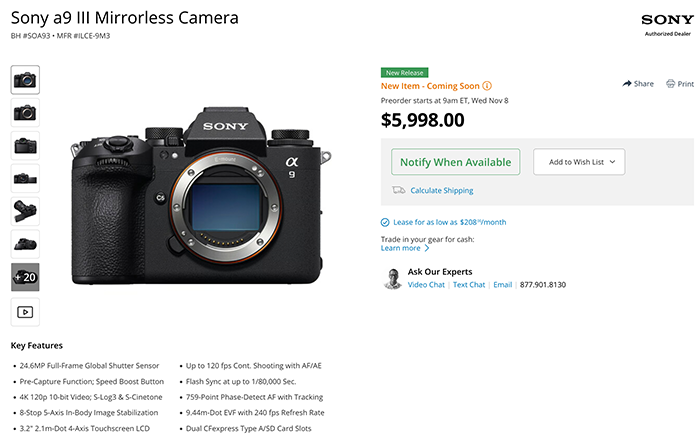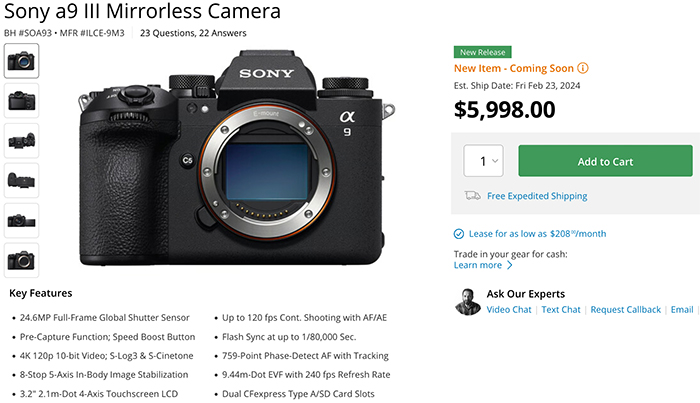
Preorders (shipment start Feb 23):
Sony A9III at BHphoto. Amazon. Adorama. FotoErhardt. Fotokoch. Calumet. WexUK.
Sony 300mm at BHphoto. Amazon. Adorama. FotoErhardt. Fotokoch. Calumet. WexUK.
Sonny A9III Vertical Grip at BHphoto. Amazon. Adorama. FotoErhardt. Fotokoch. Calumet. WexUK.
Sony Holiday deals now live at BHphoto, Adorama and Amazon.
Sony Europe 500 Euro/Pounds cashback at FotoErhardt, FotoKoch, Calumet, WexUK, Amazon EU.
Digitalcameraworld shared a first impression review after testing the A9II:
I am nothing short of gobsmacked, blown away, bowled over and wowed by the Sony A9 III. In terms of sheer technological firepower, there’s no camera on the market that can touch it. And in terms of what it does with that firepower, it stands in a league of its own.
There will be some who scoff at the specs. That ask who the hell will ever need a 1/80,000 sec shutter, or what the point of 120fps shooting is. And no doubt, there will be naysayers at the other end of the spectrum, whining about why the resolution is only 24.6MP.
To put it kindly, this camera isn’t meant for these people. Because the people this camera is meant for – the crème de la crème, the Reuters photographers, the news agency shooters, the Premier League and NBA regulars, and all those who aspire to be them – know precisely what these specs mean and what they represent. The global shutter era is here, and photography will never be the same again.
My one and only misgiving is the AF system. Whether it’s because the camera is pre-production, the AI-based predictive AF needs more dataset training, the firmware on the lens I was using needed updating, whatever the reason – the autofocus at times felt a step slower than that of the A9 II. But then again, I was shooting at a whole lot more than a step faster. Occasional AF wobbles happen, even under ideal circumstances – and the most demanding test cases at ridiculous frame-rates are far less than ideal.
For now, I’m happy to say that the Sony A9 III is the most incredible sports camera I’ve ever used. Can it be even better? Yes, it can be. And, with a firmware update, it no doubt will be.
